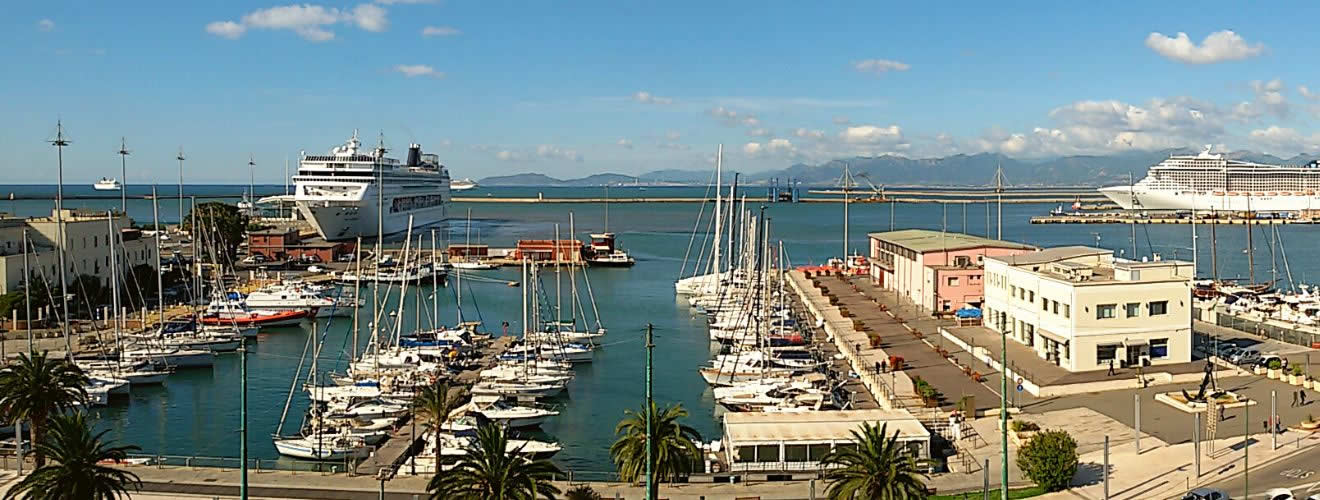Italian Colour Idioms
Exercise to test your knowledge of Italian colour idioms. Match the colour idiom on the left with its definition on the right.
Read more
Exercise to test your knowledge of Italian colour idioms. Match the colour idiom on the left with its definition on the right.
Read moreLa Colonna Traiana è stata innalzata a Roma per ordine dell’imperatore Traiano. In origine, in cima alla colonna era collocata una statua in bronzo alta quasi 5 metri che raffigura Traiano in abiti militari… Che vanitoso! La figura di Traiano è raffigurata ben 59 volte e lo sguardo degli altri personaggi si volge soltanto su di lui… È anche egocentrico! Nel XVI secolo […]
Read moreExercise to test your knowledge of Italian sky idioms. Match the sky idiom on the left with its definition on the right.
Read moreExercise to test your knowledge of Italian shoulders idioms. Match the shoulders idiom on the left with its definition on the right.
Read moreExercise to test your knowledge of Italian foot idioms. Match the foot idiom on the left with its definition on the right
Read moreEssere is an irregular verb. It is intransitive. It conjugates with the verb essere. Below you will find all its indicative forms (present, present perfect, imperfect, past perfect, past definite, past anterior, future simple and future perfect); all its subjunctive forms (present, present perfect, imperfect and past perfect); all its conditional forms (present and past); its imperative forms; its gerund […]
Read moreAvere is an irregular verb. It is transitive. It conjugates with the verb avere. Below you will find all its indicative forms (present, present perfect, imperfect, past perfect, past definite, past anterior, future simple and future perfect); all its subjunctive forms (present, present perfect, imperfect and past perfect); all its conditional forms (present and past); its imperative forms; its gerund […]
Read moreSome common irregular verbs in the present indicative tense. Andare (to go) Volere (to want) Venire (to come) io vado tu vai lui/lei/Lei va noi andiamo voi andate loro/Loro vanno io voglio tu vuoi lui/lei/Lei vuole noi vogliamo voi volete loro/Loro vogliono io vengo tu vieni lui/lei/Lei viene noi veniamo voi venite loro/Loro vengono Fare (to do/make) Dovere (to have […]
Read morePast participles of some common irregular Italian verbs. -are fare (to do/make) fatto -ere accendere (to turn on) acceso aprire (to open) aperto bere (to drink) bevuto chiedere (to ask) chiesto correggere (to correct) corretto dipingere (to paint) dipinto discutere (to discuss) discusso leggere (to read) letto perdere (to lose) perso permettere (to allow) permesso piangere (to cry) pianto promettere […]
Read moreSome common irregular vebs in the imperfect indicative tense. Fare (to do/make) Essere (to be) Dire (to say) io facevo tu facevi lui/lei/Lei faceva noi facevamo voi facevate loro/Loro facevano io ero tu eri lui/lei/Lei era noi eravamo voi eravate loro/Loro erano io dicevo tu dicevi lui /lei/Lei diceva noi dicevamo voi dicevate loro/Loro dicevano Bere (to drink) io bevevo […]
Read moreExercise to test your knowledge of Italian hair idioms. Match the hair idiom on the left with its definition on the right.
Read moreExercise to test your knowledge of Italian skin idioms. Match the skin idiom on the left with its definition on the right.
Read moreExercise to test your knowledge of Italian ear idioms. Match the ear idiom on the left with its definition on the right.
Read moreIl Circo Massimo era un antico circo per gli spettacoli di Roma. Situato tra il Palatino e l’Aventino, è ricordato come sede di giochi sin dagli inizi della storia della città: nella valle sarebbe avvenuto il mitico episodio del ratto delle Sabine (ve lo immaginate un topo con le sue amiche che si chiamano tutte Sabina? No dai… Era un grande spettacolo organizzato per attirare gli abitanti […]
Read moreIrregular verbs in the simple future: Many verbs that are irregular in the present indicative are also irregular in the simple future. Some common irregular verbs in the future simple tense: Andare (to go) Avere (to have) Venire (to come) io andrò tu andrai lui /lei /Lei andrà noi andremo voi andrete loro /Loro andranno io avrò tu avrai lui /lei /Lei avrà noi avremo voi avrete loro /Loro avranno io verrò tu verrai […]
Read more